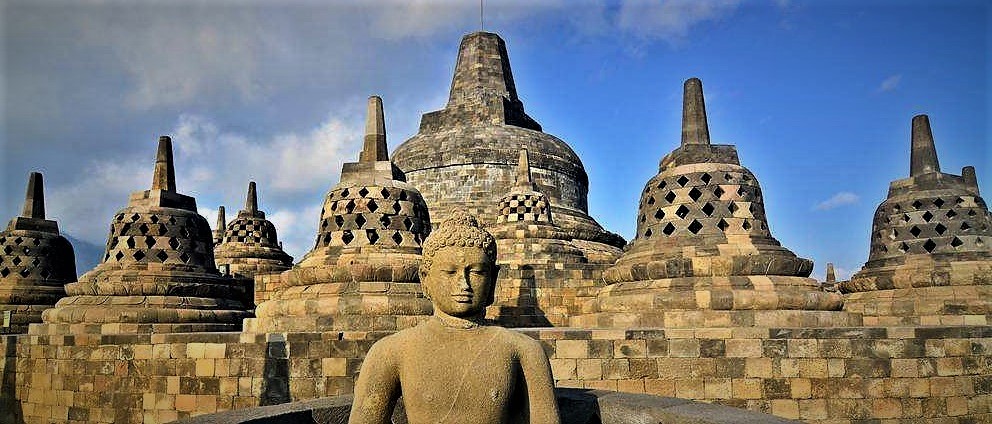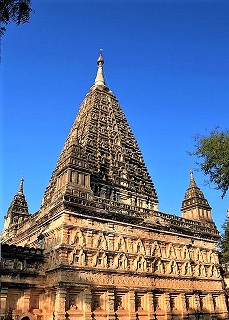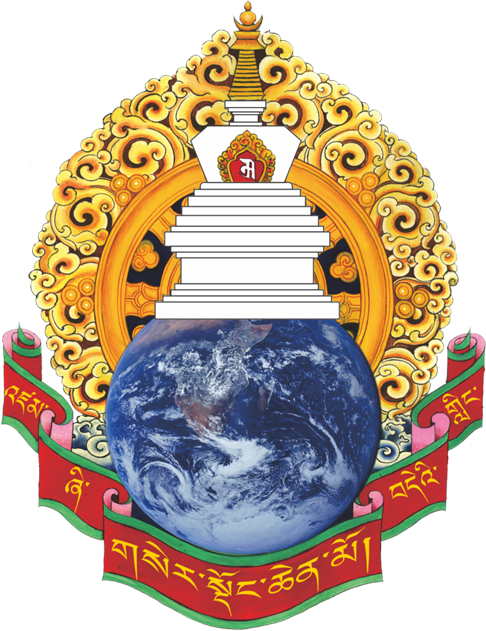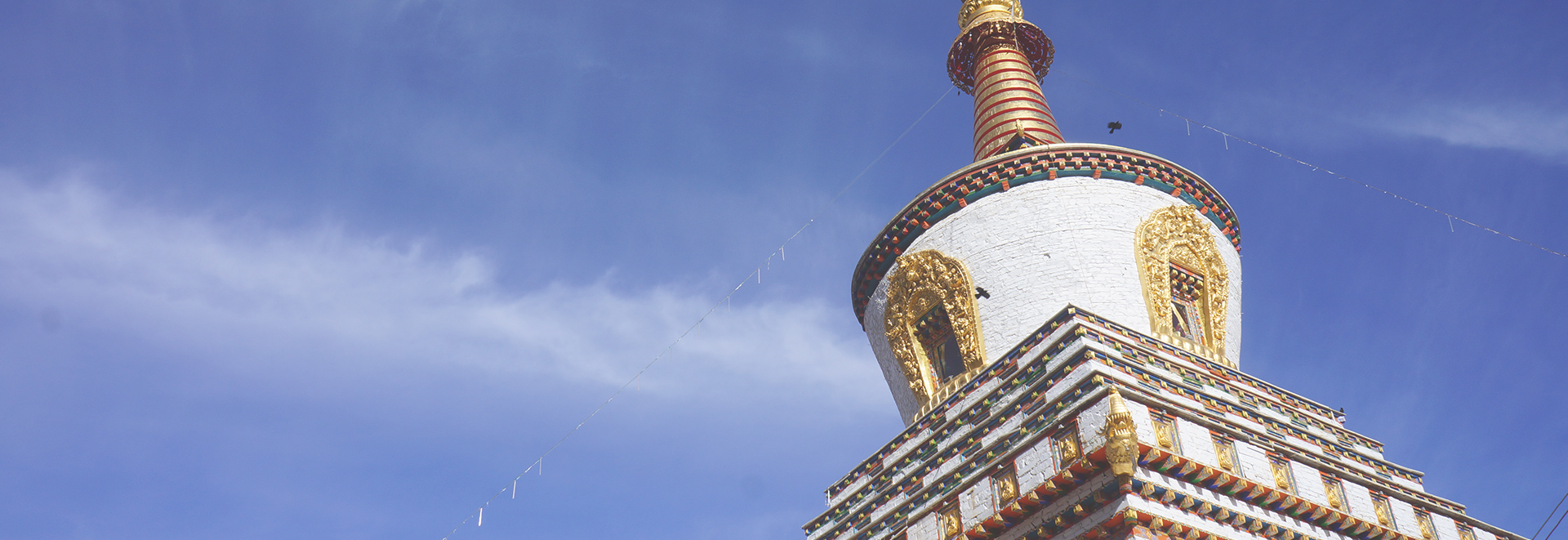Definition
HISTORY

Chaitya (stupa), in Sanskrit, or chörten, in Tibetan, means “field or support of offerings.” Early stupas and their divisions are described in Dispelling Confusion about Mantra Insertion as belonging to five types:
1. Naturally, spontaneously-arisen stupas
The first of these is described in the Kalachakra Tantra:
Thus, definitively, the worldly realm is the body of the infinite Victorious Ones; the chakra is a natural stupa.
The Stainless Light [Commentary on the Kalachakra Tantra] states:
Mount Meru and the realm of the world are the body of the infinite
Buddhas: the material substance of a stupa.
These and other sources explain the fact that even the world itself is a stupa.
2. Unsurpassed stupas
The Bindu Empowerment Tantra states:
In the east is Stacked Vajras of Love, in the south is Stacked Gems of Compassion, in the west is Stacked Lotuses of Joy, in the north is Stacked Crossed-Vajras of Equanimity.
Here we see the methods for accomplishing the four buddha families conjoined with the four boundless qualities and described as stupas.
3. Stupas graced by blessings
The Source of the Wheel Tantra states:
The eight kinds of blessed enlightened body relics appear on the four continents.
This states that the eight kinds of blessed enlightened body relics exist on the four continents.
4. Stupas that are the source of spiritual accomplishments
Long ago, during the time when the Heruka annihilated Rudra, in each of the charnel grounds of the eight great lands, the eight great mamos each received spiritual accomplishments from a stupa: Bliss-Giver in Magadha (Central India), Mount Potala in Sri Lanka, Jarung Kashor in Nepal, Gomasala in Sala or Gyeyul, Geu-deshen in Khotan, Kanika in Kashmir, Dharmachakra in Oddiyana, and Dechö Shönnu in Sahor.
The existence of these eight stupas is asserted in the thirty-fourth chapter of the Great Supreme Amrita Tantra.
5. Stupas particular the individual Buddhist vehicles
This category has three sections.
- The Sravaka stupa looks like a monk’s staff planted on top of an alms bowl, placed upside-down on a formal religious robe folded four times
- The Pratyekabuddha stupa has four-tiered base, upon which is a square block with twelve circular upper tiers and eight wheel spokes.
- The Mahayana stupa includes the stupas that house the eight kinds of Tathagatha relics and so forth.

Nagarjuna described three kinds of stupa: (a) the stupa like an inverted alms bowl, (b) the stupa like a multi-storied house, and (c) the stupa like a victory banner hoisted aloft. Although Taktsang Lotsawa associates these only with the Mahayana, others assert that it would be best to place these three in a general stupa category, given the fact that the multi-storied-house stupas resemble the shrine halls in the sutra root texts, and Shariputra likewise built such a stupa, which is described in the discourses.
Moreover, there are stupas that relate to individual tantric sections, as mentioned in the general Anuttara, such as the Wisdom Chapter of the Holy Original Buddha (Kalachakra Tantra), and the Nondual Tantra cycle. In the Yogatantra cycles, such as Vajra Structure, a passage reads, “Place the stupa tiers inside, such that they protrude outwards or protrude in the middle and the two ends become contracted, the twelfth wheel.” Each of the activities is described individually.
Additionally, there are many categories of stupa built for individuals. In the Highest Vinaya Text, in the chapter that addresses possession of a needle case, it says:
Thus, the stupa of the Buddha Bhagavat must be wholly complete. That of a Pratyekabuddha should be vase-shaped with furrows. That of an Arhat has four chariot wheels. That of a Non-Returner has three chariot wheels. That of a Once-Returner has two chariot wheels. That of a Steam-Enterer has one chariot wheel. That of a virtuous ordinary individual should have a top without horns.
This and other passages describe the stupas of specific individuals.
In terms of time, as well, stupas have existed since long ago. In the twenty-eighth chapter of the Sutra of One Hundred Karmas, it says:
Long ago, in times gone by, when the human beings enjoyed a forty-thousand-year lifespan, Buddha Krakucchamda came to this world. When he passed into parinirvana, King Dzepa made offerings to his precious remains and erected a reliquary stupa. He expressed great reverence toward the stupa and held holy festivals.
As this describes, gods and humans now had a field for accumulating merit. The principal representation of a Tathagata’s enlightened body, speech, and mind is the stupa, and there are an enormous number of classifications regarding places, times, individuals, philosophical traditions, and so of stupas, but for now this will suffice.


